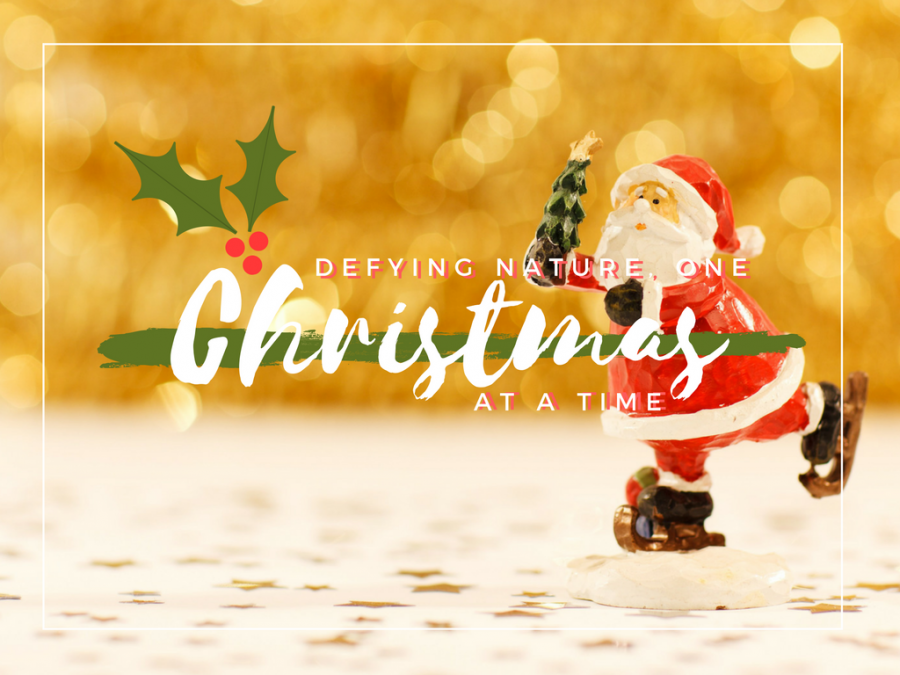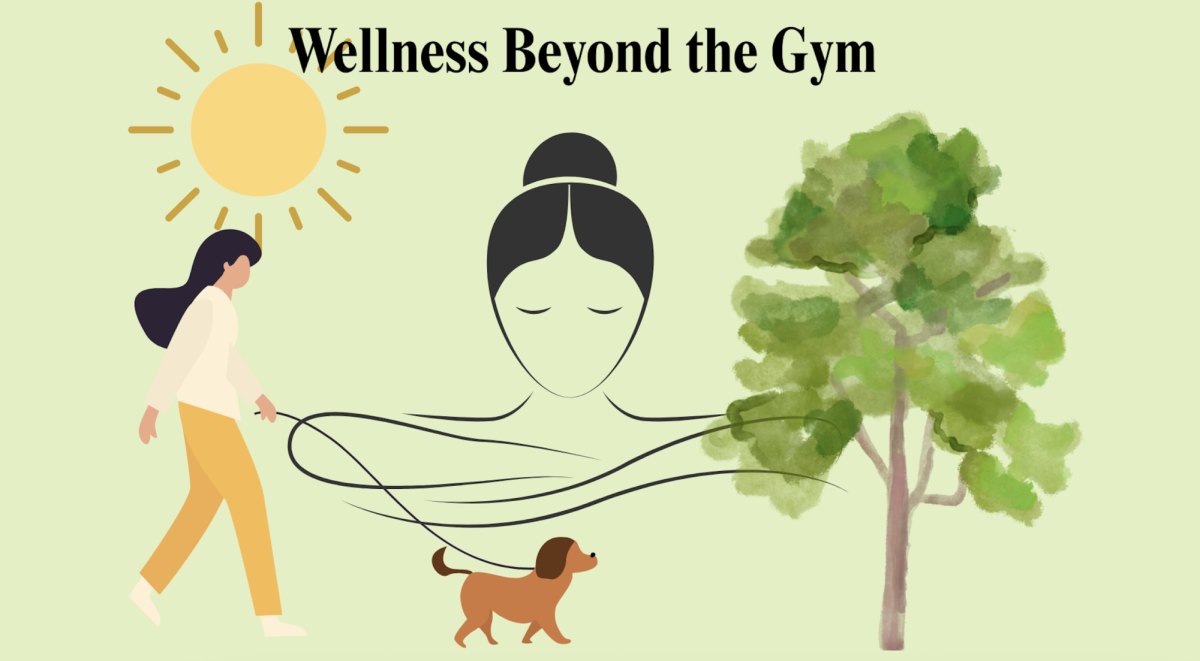It’s a pretty well-known fact that Jesus was not, in fact, born on December 25th. Current estimates place his birth somewhere in the early fall. Or maybe spring. Actually, was it late July? Historians also say that he was born about four years later than originally thought, so you know, there’s that too. But really, what’s a few months here and there among millennia of tradition? Clearly, whoever chose to put Christmas at the end of December was not too concerned with the factual aspect of Jesus’ birth, which is understandable given the general conditions in the first decade CE (i.e. not good).
So why the end of December? A lot of history textbooks will give credit to the Roman emperor Constantine nearly three centuries after the birthday in question. When he (and therefore the rest of the empire) converted to Christianity in 312 CE, he needed a way to segway the pagan culture of the time into the new state religion. Conveniently enough for them, there was already a festival that ran from December 17th to the 25th celebrating the beginning of a new solar year, as well as the Roman god of agriculture because December conditions were not the best for crop growing, and in the first centuries CE they needed some divine intervention to survive the winter.
But that was then. The Roman empire has long since dissolved, and for those of us lucky enough to be living in first world countries, we don’t need to pray to a pantheon of hard-hearted gods to make it through the next few months. And yet, this is arguably the biggest holiday we celebrate all year. Preparation begins in October with even the slightest hint of the chill to come, and festive ads start airing days after Halloween. Poor Thanksgiving barely even gets acknowledged before we’re off on our month-long, commercially-fueled high complete with candy canes, red-nosed reindeers, and door-buster sales events pretty much every weekend. We spend hours in the frigid November air stringing lights on thorny bushes, maybe getting the odd bit of frostbite in the process, and yet we do it happily, blithely, merrily. We listen to the same songs every year, make all manner of sweet treats and resign ourselves to a month of indulgence, because that’s what New Years is for, right? When you take a step back and really look at what we do to celebrate this holiday, it does seem a little strange in the arbitrary nature of it all. You only buy candy canes at Christmas, and if you showed up to a holiday party with a case of Peeps you might not be allowed in. Pine trees are all well and good all lit up in your foyer during the month of December, but heaven forbid you try and bring your favorite sycamore into the living room in April. It may seem like a hodgepodge of a holiday, cobbled together throughout the centuries by those who have celebrated it, but I think there’s something more to it all.
To me, Christmas is a study in contrast. Regardless of what you believe personally, to me it feels like we have found the silver lining in the (both literally and figuratively) darkest time of the year. Just think about it. Even before Christmas was a thing, the Romans were celebrating a festival of agriculture, of life, during one of the bleakest times of the year. Hardly anything could grow in the bitter conditions, and yet the Romans spent a week lauding life, almost in defiance of nature and their gods. And still today, even with all of the wonders of modern technology, December is unfailingly and mercilessly cold. But, not so cold that we can’t get outside and string up lights on all of the dead trees, prop up wire reindeers and fake evergreens in the frozen ground beneath the snow. In spite of the frigid air and the utter darkness at four in the afternoon, we put up the most lights. When nothing should be growing and food should be scarce, we spoil ourselves the most. We take the death that winter brings and find beauty in it, show that we can and do thrive in the most somber of seasons.













